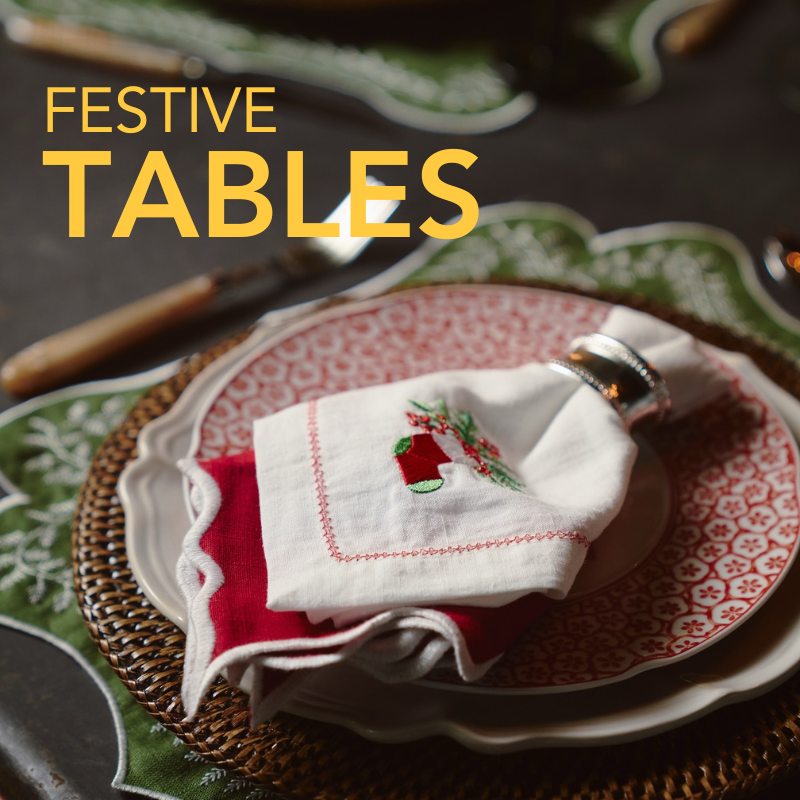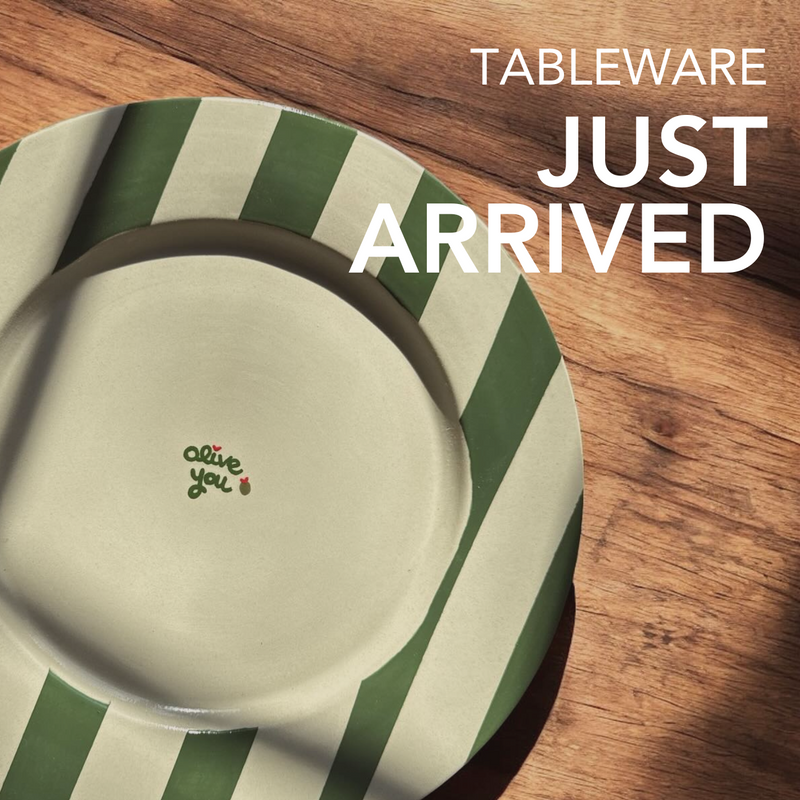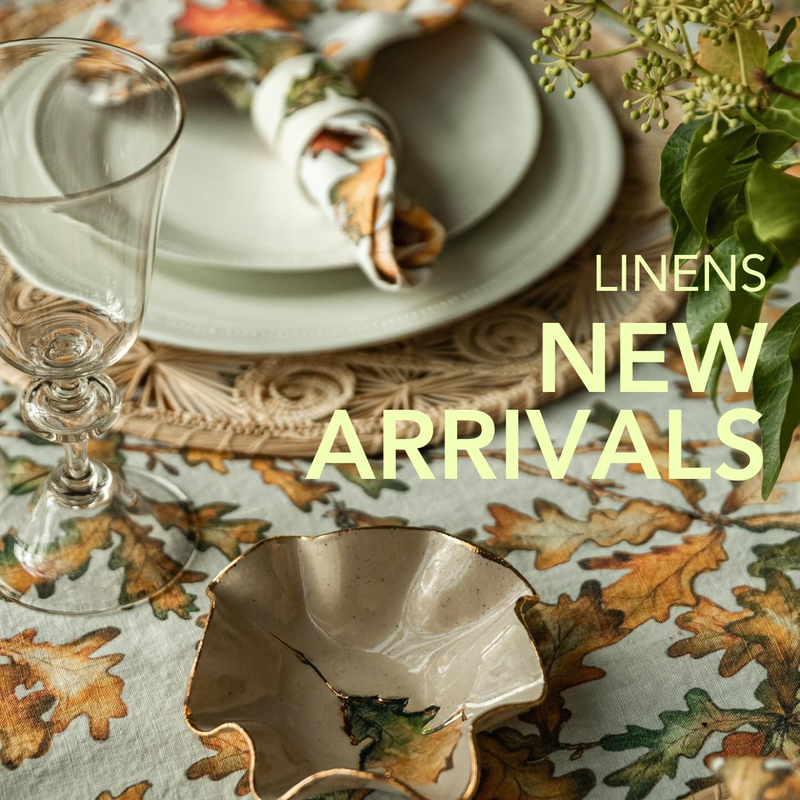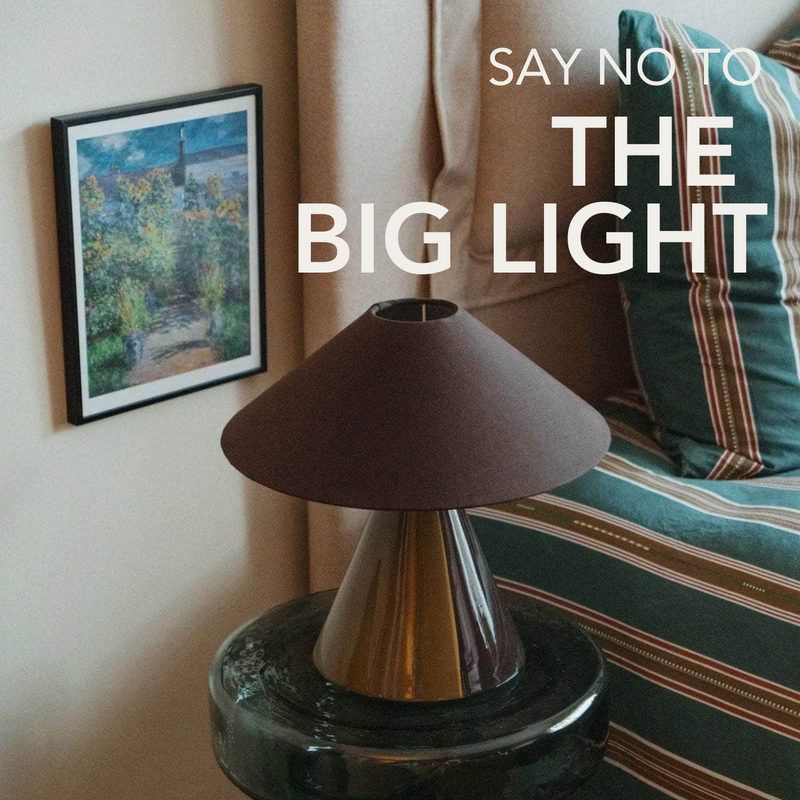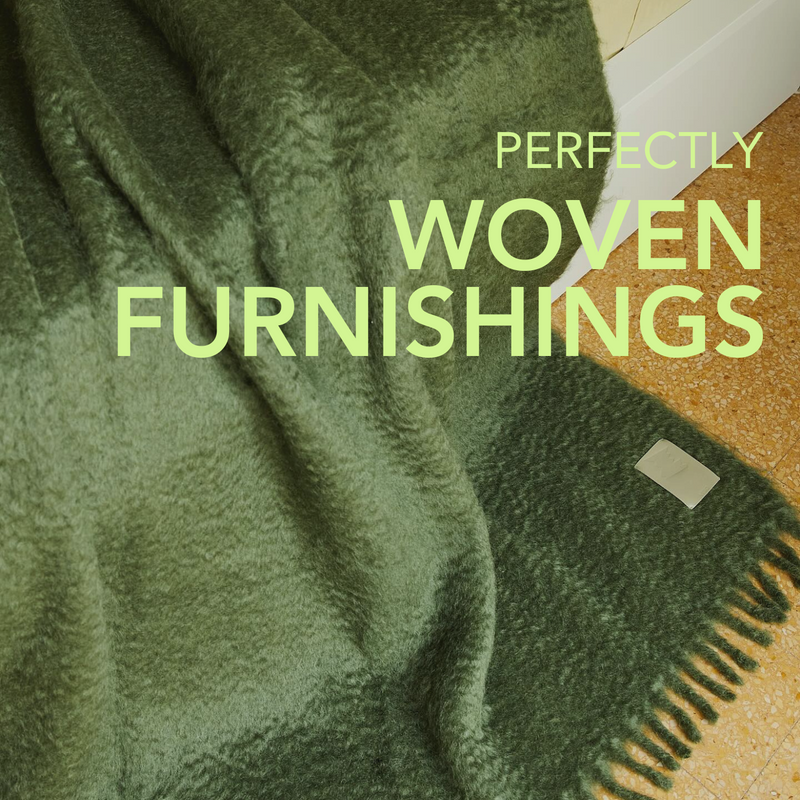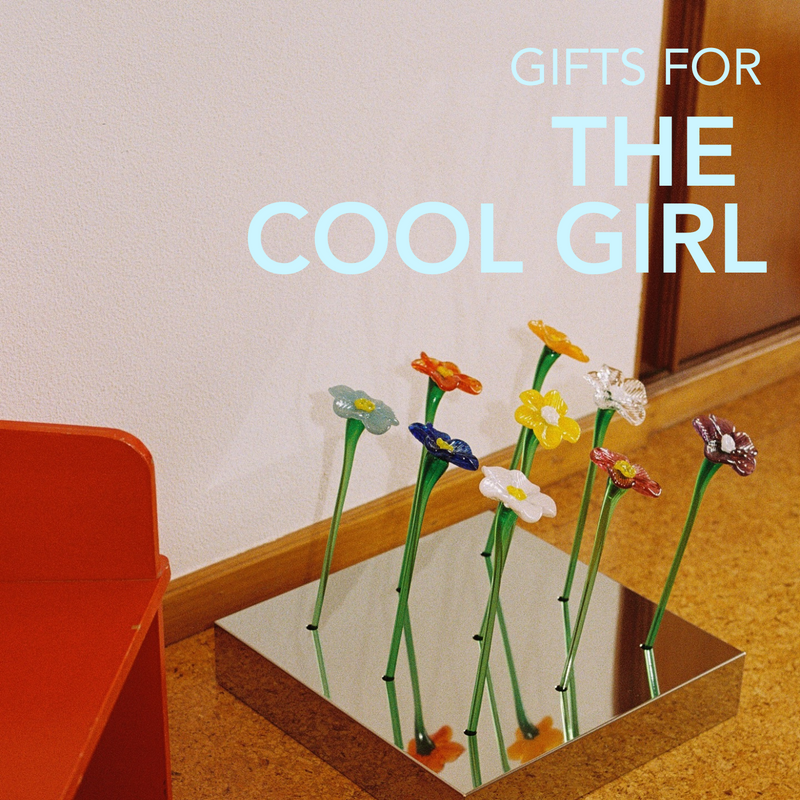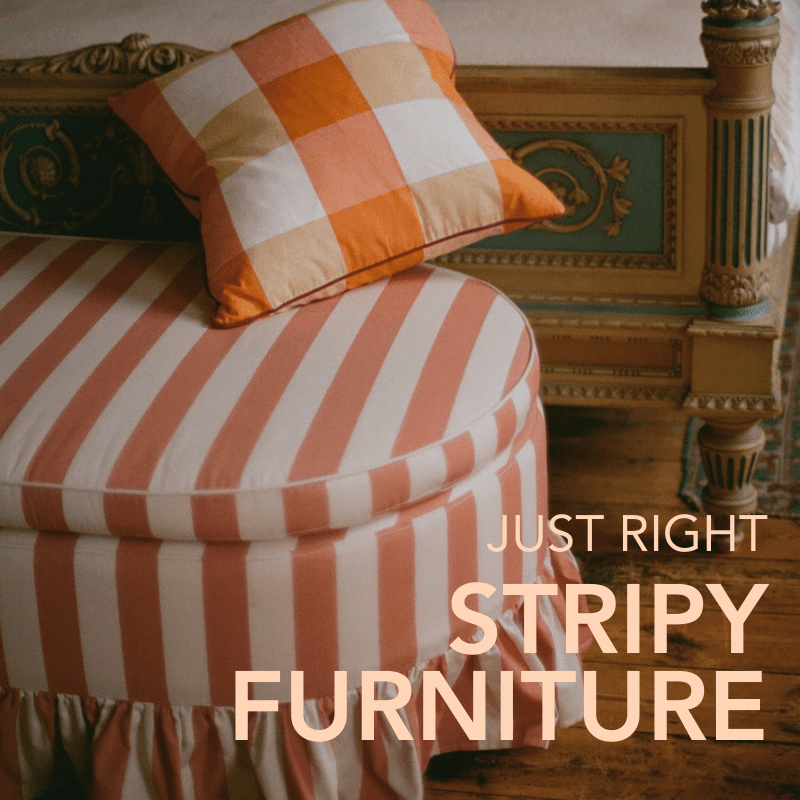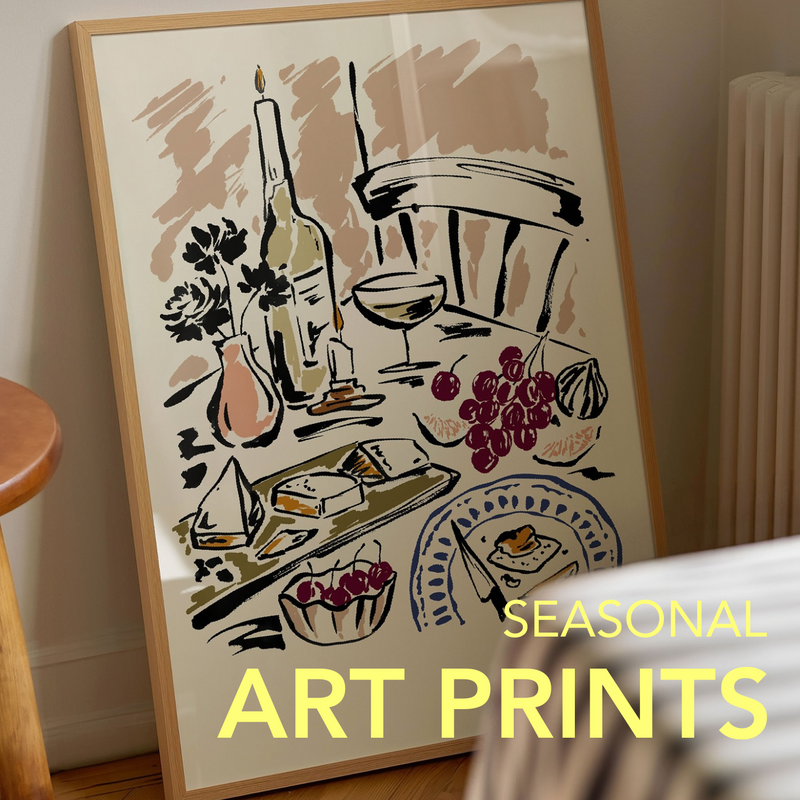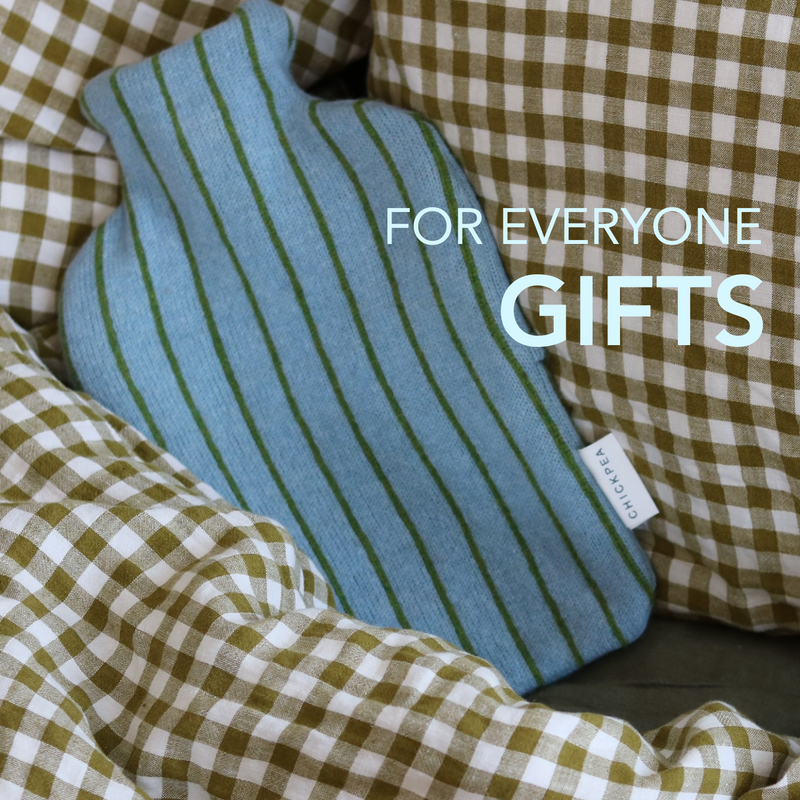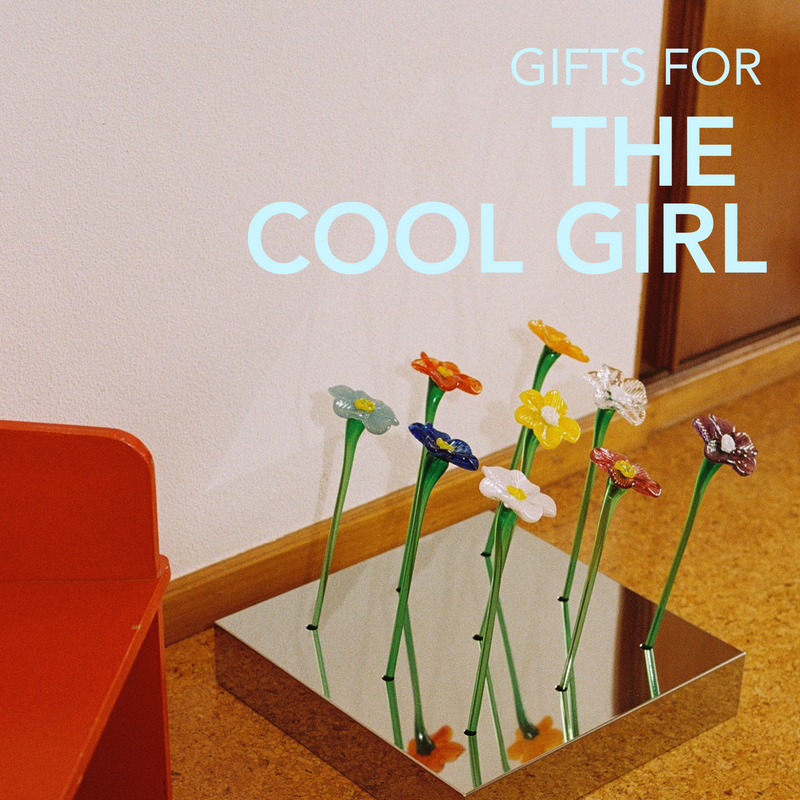This store requires javascript to be enabled for some features to work correctly.

Why Everyone’s Talking About Embroidered Table Linens Right Now?
Have you noticed how, in a world that often rushes, there’s a growing appreciation for moments of quiet beauty, for details that slow us down and invite us to truly savour? This sentiment is beautifully captured in the resurgence of embroidered table linens. Forget the stiff, formal settings of yesteryear; today’s embroidered napkins, tablecloths, and placemats are about infusing warmth, personality, and a touch of effortless charm into every meal.
It's more than just setting a table; it’s about creating an ambiance, a feeling, a little bit of magic around the simple act of sharing food. These aren't just utilitarian cloths; they are pieces of art, whispers of tradition, and an invitation to gather. Let's explore why embroidered table linens are captivating hearts and tables everywhere.
By Trade Program

What Makes Embroidered Linens So Captivating?
The allure of embroidered linens lies in their unique blend of artistry and practicality. Unlike plain textiles, embroidery adds texture, depth, and a bespoke quality that immediately elevates the entire dining experience. Each stitch, whether a delicate floral motif, a bold geometric pattern, or a subtle monogram, tells a story of craftsmanship and attention to detail.
This hand-finished touch creates a feeling of thoughtfulness and care, signalling to your guests that this meal, this gathering, is special. It's about bringing a sense of occasion to the everyday, transforming a simple breakfast into a moment of calm reflection, or a dinner party into a truly memorable event. They are silent storytellers, adding layers of visual interest and tactile pleasure to your table.
Are you an Interior Designer?
Join our Trade Program—a curated community of design professionals with exclusive access to bespoke pieces, trade pricing, and personalised support.

How Do They Transform the Dining Ambiance?
Embroidered table linens possess an uncanny ability to transform the dining ambiance from ordinary to extraordinary. They act as the foundational layer upon which the entire table setting is built, dictating the mood and tone of the meal.
Imagine a rustic, hand-embroidered linen tablecloth, its imperfections adding to its charm, creating a relaxed yet sophisticated backdrop for a leisurely weekend brunch. Or picture crisp, white napkins, each adorned with a delicate, intricately stitched initial, bringing a sense of refined elegance to a formal dinner. These details don't just protect your table; they invite connection, encourage lingering conversations, and make every guest feel truly valued. They are the subtle notes that compose a harmonious dining symphony, engaging the senses before the first bite is even taken.

Can Embroidered Details Really Tell a Story?
Oh, absolutely! Every stitch can carry a narrative. Think of traditional regional embroideries – the vibrant, bold colours of a Mexican design, the intricate white-on-white elegance of Portuguese embroidery, or the delicate floral patterns reminiscent of English gardens. These are not just decorations; they are cultural expressions, symbols, and echoes of generations of artisans.
Even contemporary embroidered designs tell a story – perhaps of a modern aesthetic, a playful spirit, or a love for nature. A quirky, minimalist embroidery on a placemat might spark a smile, while a more classic design could evoke nostalgia. When you choose embroidered linens, you’re not just choosing a pattern; you’re inviting a piece of artistry and heritage onto your table, ready to share its quiet tales with those gathered around.

How Do Embroidered Linens Encourage Thoughtful Entertaining?
In a world of fast-paced lives, the act of setting a beautiful table with embroidered linens is a conscious decision to slow down, to be present, and to create a memorable experience for others. It’s a small, yet significant, ritual that speaks volumes about care and hospitality.
When you invest in embroidered napkins or a striking tablecloth, you’re not just preparing for a meal; you’re crafting an atmosphere. This encourages thoughtful pairing with your favourite dinnerware, unique cutlery, and perhaps a simple floral arrangement. It transforms entertaining from a chore into an act of creative expression, rooted in the joy of sharing real-life moments around a beautifully adorned table. It encourages guests to linger, to engage, and to truly savour the occasion.

How Do We Curate Embroidered Linens?
At Maison Flâneur, we believe the best interiors feel collected, not decorated, and this philosophy extends perfectly to our approach to table linens. We understand that a truly exceptional dining experience begins with the details, with pieces that possess character and a story. Our curation process involves seeking out embroidered table linens that embody this very spirit – pieces of lasting quality, crafted with care, and designed to bring a touch of the extraordinary to your everyday and special occasions alike – like these linens.
We are drawn to unique designs, to the subtle artistry that transforms a simple piece of fabric into a focal point. Our collection is carefully selected to offer that blend of personality and charm, making your home as unique as you are. For a touch of inspiration, Maison Flâneur’s collection of curated home decor and furniture can help you transform spaces into unique works of art, leaving a lasting impression on your guests and yourself. Whether it’s a beautifully stitched placemat for a quiet breakfast or an elegant tablecloth for a celebratory feast, these linens are chosen to contribute to those truly special, effortlessly stylish moments around your table.
In the end, everyone is talking about embroidered table linens because they represent a return to thoughtfulness, to beauty in the details, and to the profound pleasure of gathering around a table adorned with care and artistry. It’s an invitation to make every meal feel like a cherished occasion.
FAQ
What types of embroidery are common on table linens?
Common embroidery types on table linens include hand embroidery (like satin stitch, chain stitch, cross stitch), machine embroidery for more intricate and consistent patterns, and specialised techniques such as cutwork or drawn thread work, which create open, lace-like designs. Monograms and traditional folk patterns are also very popular.
How do I care for embroidered table linens to ensure longevity?
Care for embroidered table linens by checking the specific fabric and embroidery thread instructions. Generally, machine wash on a gentle cycle with cold water and a mild detergent. Avoid harsh bleaches. Line drying or tumble drying on a low setting is best, and iron on the reverse side of the embroidery while still slightly damp to protect the stitches.
Can embroidered table linens be used for everyday dining, or just special occasions?
While often associated with special occasions, modern embroidered table linens are increasingly designed for everyday use. Choosing durable fabrics like linen or cotton with simple, resilient embroidery allows them to bring daily elegance to your table, encouraging a sense of occasion even during routine meals.
How do embroidered linens compare to printed linens in terms of impact?
Embroidered linens generally offer a more tactile and sophisticated impact than printed linens. The raised texture of the stitching adds depth and a handcrafted feel that printed patterns cannot replicate. This makes embroidered pieces feel more substantial, unique, and often more enduring in their appeal.
What styles of dining tables do embroidered linens suit best?
Embroidered linens are incredibly versatile. They can complement a rustic farmhouse table with natural, earthy designs, bring a refined touch to a classic formal dining table with intricate patterns, or add a playful element to a contemporary minimalist setting with bold, graphic embroidery. It’s all about the design of the embroidery itself.
